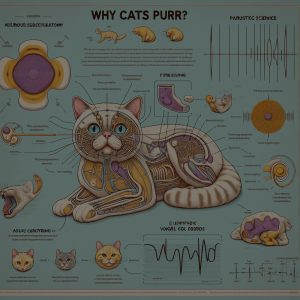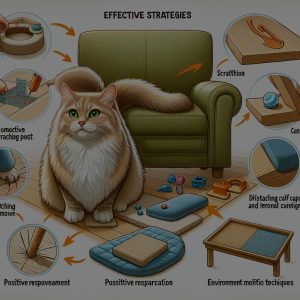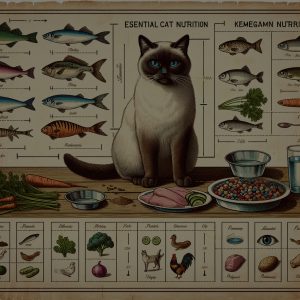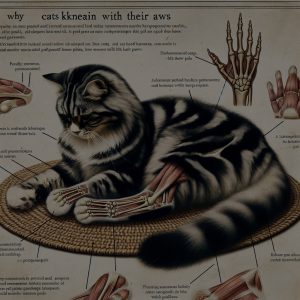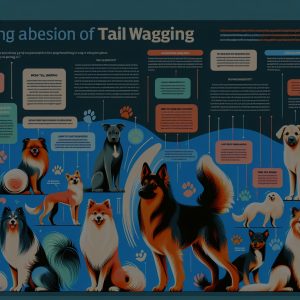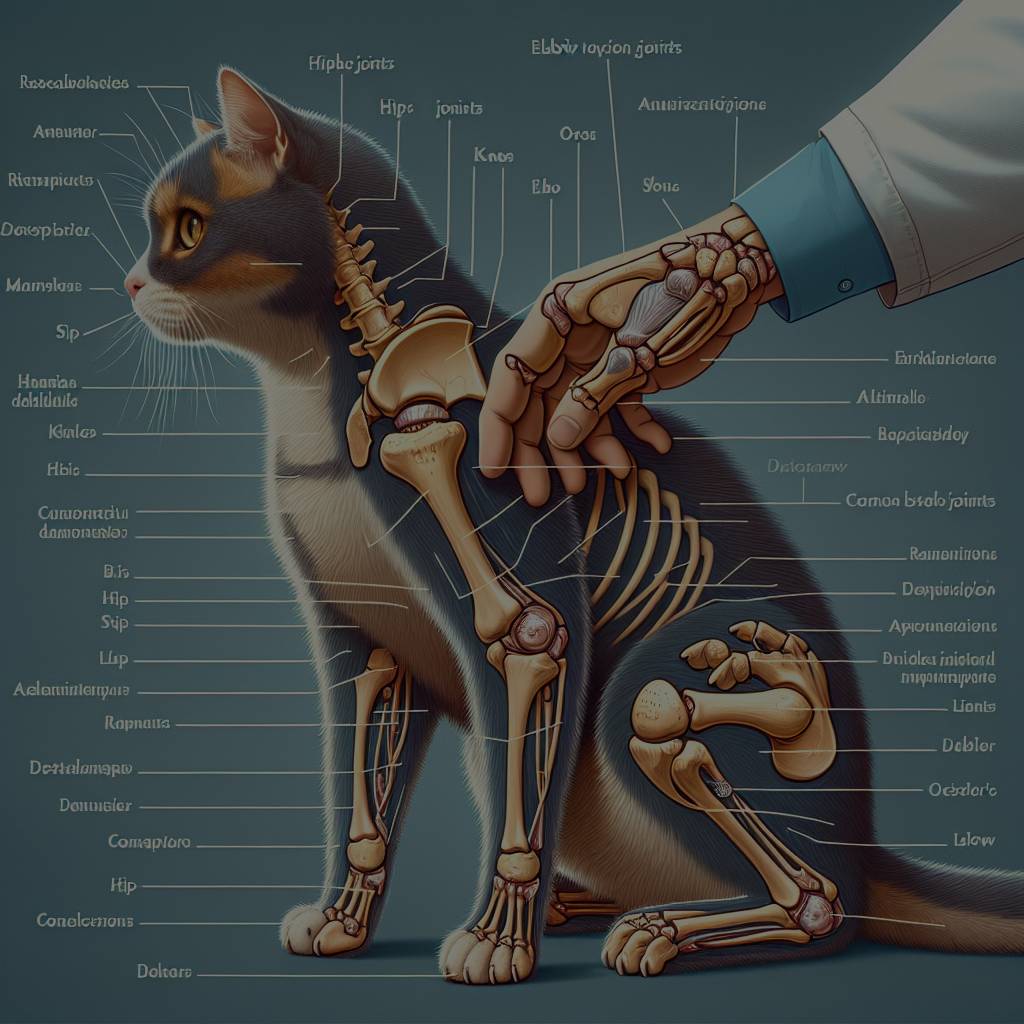
Understanding Feline Joints: A Professional Insight ===
Cats, like any other animals, rely heavily on their joints for mobility and daily activities. Understanding the anatomy and common problems associated with feline joints is crucial for providing them with the best possible care. In this article, we will delve into the comprehensive overview of feline joint anatomy, followed by a discussion of the common joint problems that cats may face, their causes, symptoms, and available treatments.
The Anatomy of Feline Joints: A Comprehensive Overview
Feline joints are complex structures that allow cats to move with agility and grace. A joint is where two or more bones come together and are connected by various tissues, including ligaments, tendons, and cartilage. The most common joints in cats are found in their limbs, such as the shoulder, elbow, hip, and knee joints.
Within a joint, the ends of the bones are covered with a smooth layer of cartilage, which helps reduce friction and allows for smooth movement. Ligaments provide stability by connecting the bones and limiting their range of motion, while tendons attach muscles to bones, enabling the cat to control their movements.
It is important to note that feline joints are susceptible to wear and tear, particularly as cats age. Therefore, maintaining optimal joint health through proper nutrition, exercise, and regular veterinary check-ups is crucial in preventing joint problems and ensuring the overall well-being of our feline friends.
Common Joint Problems in Cats: Causes, Symptoms, and Treatment
Despite their agile nature, cats are not immune to joint problems. Some common joint problems that affect cats include osteoarthritis, luxating patella, hip dysplasia, and cruciate ligament injuries.
Osteoarthritis, the most prevalent joint disorder in cats, is characterized by the degeneration of cartilage in the joints. This condition can cause pain, stiffness, and difficulty in moving. Luxating patella refers to a knee joint problem where the kneecap dislocates from its normal position, causing lameness and discomfort. Hip dysplasia, a genetic condition, leads to abnormal development of the hip joint and can cause pain and difficulty in walking. Cruciate ligament injuries, often caused by trauma or aging, affect the ligaments in the knee joint and can result in lameness and instability.
Symptoms of joint problems in cats may include limping, difficulty in jumping or climbing, stiffness, decreased activity levels, and changes in behavior. If you observe any of these signs, it is essential to consult a veterinarian for an accurate diagnosis and appropriate treatment.
Treatment options for feline joint problems vary depending on the specific condition and its severity. They may include medication to manage pain and inflammation, physical therapy, weight management, and in some cases, surgical intervention. Your veterinarian will guide you through the suitable treatment plan tailored to your cat’s needs.
Understanding feline joints is pivotal in ensuring our beloved cats enjoy a pain-free and active life. By recognizing the anatomy of feline joints and being aware of common joint problems, their causes, symptoms, and treatment options, we can take proactive steps to promote joint health and provide the best care possible for our feline companions. Regular veterinary check-ups and communication with veterinarians are vital in detecting and managing joint problems promptly, allowing our cats to maintain their vitality and quality of life.
You might be interested in furthering your understanding by exploring related topics. For instance, speaking of **feline anatomy**, you might be interested in the [Wikipedia article on Cat Anatomy](https://en.wikipedia.org/wiki/Cat_anatomy) which offers insights into the feline skeletal structure and muscle arrangement. Additionally, learning about **joint disorders**, such as [Osteoarthritis](https://en.wikipedia.org/wiki/Osteoarthritis) and [Hip Dysplasia](https://en.wikipedia.org/wiki/Hip_dysplasia_(canine)#Cats), can provide valuable knowledge about these conditions in cats and their management. Understanding the overall [Joint Health](https://en.wikipedia.org/wiki/Joint) in animals is also beneficial in enhancing your awareness of how joints function and the importance of maintaining their health. Taking the time to familiarize yourself with these topics can greatly improve your ability to care for your feline companions.

